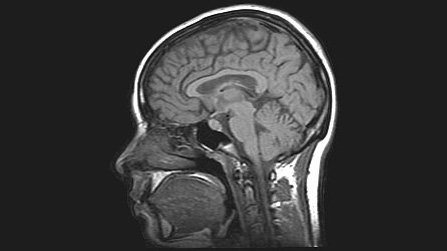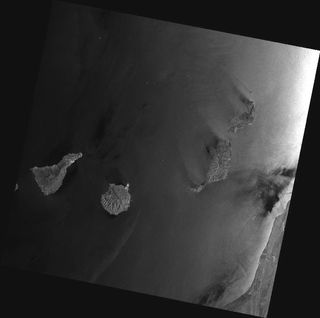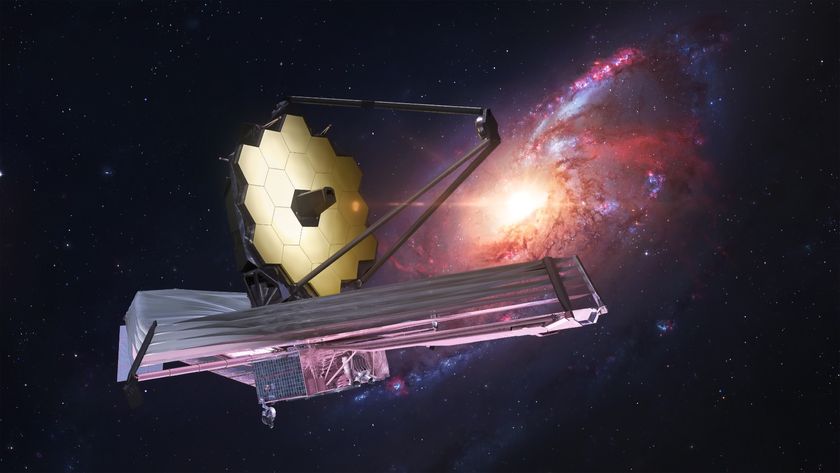Satellite Software Adapted for Alzheimer's Brain Scans

Satellite pictures of Earth and images of the human brain have at least one thing in common: To be useful to scientists, both require sophisticated software to make sense of a mountain of tiny details.
Researchers say tools originally designed to analyze image data from space have been adapted to search for signs of Alzheimer's disease in the brain.
"If you have a space image and you have to select part of an image — a field or crops — you need special routines to extract the information," Carlos Fernández de la Peña, of the Spanish tech company Elecnor Deimos, explained in a statement. "Is this pixel a field, or a road?"
Fernández de la Peña and colleagues worked on software for the European Space Agency's (ESA) now-defunct Envisat satellite that could process raw image data to identify specific elements on the ground. The Earth-observing spacecraft was launched in 2002 and ended its mission in 2012, but its processing software lives on. [Earth From Space: Envisat Satellite Photos]

ESA officials say computer scientists at Elecnor Deimos adapted Envisat's tools to help create a new program called AlzTools 3D Slicer for analyzing brain scans of people who may have Alzheimer's disease.
"Looking at and analyzing satellite images can be compared to what medical doctors have to do to understand scans like MRIs (Magnetic Resonance Images)," Fernández de la Peña said. "They also need to identify features indicating malfunctions according to specific characteristics."
There is currently no known cause, cure or even effective prevention strategy for the brain-wasting Alzheimer's disease. But researchers have been looking for better ways to detect changes in the brain associated with the condition, such as the buildup of the protein amyloid-beta, nerve cell damage and brain shrinkage.
Get the Space.com Newsletter
Breaking space news, the latest updates on rocket launches, skywatching events and more!
AlzTools is now being used by medical researchers at the University of Castilla La Mancha in Albacete in Spain, according to ESA officials. Instead of interpreting topographic details, the program scrutinizes brain regions like the hippocampus, where atrophy is associated with Alzheimer's.
From memory foam to ultraviolet-blocking sunglasses, technologies developed for space often find their way back down to Earth as spinoffs. Advanced digital image processing was developed by NASA in the 1960s to get a better look at the moon, but those techniques eventually helped enable body-imaging techniques, such as CATScans and MRI.
Richard Seddon, who represents Spain as a technology broker for ESA, said AlzTools could be another example of such innovation.
"Even if being developed for specific applications, we often see that space technologies turn out to provide innovative and intelligent solutions to problems in non-space sectors, such as this one," Seddon said in a statement.
Follow SPACE.com on Twitter @Spacedotcom. We're also on Facebook and Google+. Original article on SPACE.com.
Join our Space Forums to keep talking space on the latest missions, night sky and more! And if you have a news tip, correction or comment, let us know at: community@space.com.

Megan has been writing for Live Science and Space.com since 2012. Her interests range from archaeology to space exploration, and she has a bachelor's degree in English and art history from New York University. Megan spent two years as a reporter on the national desk at NewsCore. She has watched dinosaur auctions, witnessed rocket launches, licked ancient pottery sherds in Cyprus and flown in zero gravity on a Zero Gravity Corp. to follow students sparking weightless fires for science. Follow her on Twitter for her latest project.


